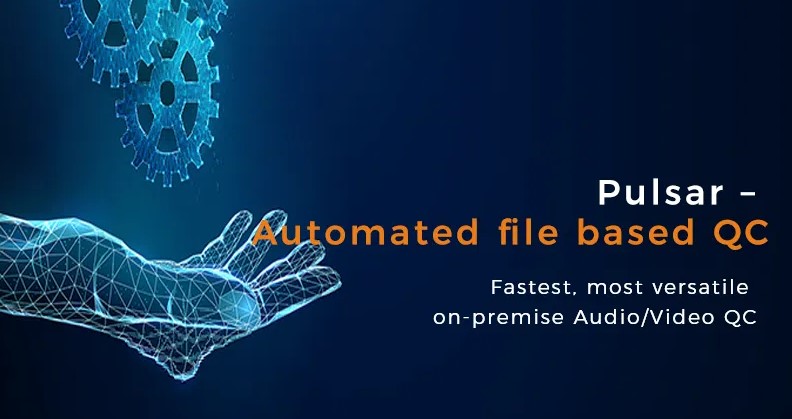
Content is the king in the dynamic realm of media and entertainment, and ensuring the highest quality is paramount. The surge in digital platforms, broadcast channels, and OTT services has accentuated the need for meticulous Quality Control (QC) processes.
Manual QC is usually time-consuming and prone to human error. This is where Automated Video QC tools come into play, revolutionizing the landscape and offering a plethora of benefits across broadcast, OTT services, and other professional workflows.
-
Consistency and Accuracy
One of the primary advantages of Automated Video QC tools is the ability to achieve consistent and accurate results. Automated systems can meticulously analyze every frame, ensuring that your content meets the specified quality standards consistently. Human fatigue and oversight are mitigated, providing a reliable and repeatable QC process.
-
Time and Cost Efficiency
Time is money, and in the fast-paced world of media production, efficiency is the key. Automated Video QC tools drastically reduce the time required for quality assurance. Unlike manual methods, which can be labor-intensive and time-consuming, automation allows for swift and simultaneous analysis of multiple files. This not only accelerates the QC process but also translates to substantial cost savings, making it an attractive solution for broadcasters and OTT platforms striving to optimize their workflows.
-
Scalability
The scalability of cloud video QC is a game-changer for organizations dealing with a growing volume of content. As the demand for high-quality video content continues to rise, manual QC processes can become bottlenecks. Automated systems can seamlessly scale to handle an expanding workload, ensuring that the QC pipeline remains efficient even as the volume of content increases.
-
Adherence to Regulatory Standards
In the highly regulated broadcast industry, compliance with standards is non-negotiable. Automated Video QC tools allow broadcasters to effortlessly adhere to regulatory requirements and industry standards. Whether it’s ensuring proper closed captioning, audio levels, or video format compliance, automated systems can systematically check every aspect, providing a comprehensive report on content adherence. This not only safeguards against regulatory fines but also enhances the overall quality of the viewing experience.
-
Content Optimization
Automated Video QC goes beyond merely identifying errors; it plays a crucial role in content optimization. These systems can detect issues related to compression artifacts, color inconsistencies, and audio discrepancies, allowing content creators to address these issues proactively. By optimizing content before it reaches the audience, broadcasters and OTT services can deliver a superior viewing experience, ultimately enhancing viewer satisfaction and loyalty.
-
Workflow Integration
The seamless integration of Automated Video QC into existing workflows is a testament to its adaptability. Whether it’s integrated into content creation, post-production, or distribution pipelines, automated systems complement existing processes without causing disruptions. This ease of integration ensures that QC becomes an integral part of the production lifecycle, preventing the need for cumbersome retroactive fixes and rework.
-
Enhanced viewer experience
At the heart of every broadcast and OTT service is the viewer experience. Automated Video QC plays a pivotal role in ensuring that viewers receive content that is not only visually appealing but also free from technical glitches. By minimizing issues such as audio sync problems, captions and subtitle issues, and visual artifacts, automated QC contributes directly to a seamless and enjoyable viewing experience.
To wrap up
The incorporation of Automated Video QC tools in broadcast, OTT services, and professional workflows represents a transformative leap forward in the pursuit of quality and efficiency. From ensuring compliance with industry standards to optimizing content for an enhanced viewer experience, the benefits are manifold. As the media landscape continues to evolve, embracing automated QC is not just a choice but a strategic imperative for organizations aiming to stay ahead in an increasingly competitive and quality-conscious market.

